Northern Shoveler NSHO
Click here to go to the auricular study.
Northern shoveler prefers to nest in grassy areas away from open water. Their nest is a shallow depression on the ground, lined with plant material and down. Male ducks do not sit on eggs. However, a drake may stand guard over the nest to protect the ducklings from predators until they hatch. Northern shovelers feed by dabbling for plant food, often by swinging its bill from side to side and using the bill to strain food from the water. Thus, mud-bottomed marshes rich in invertebrate life are their habitat of choice.
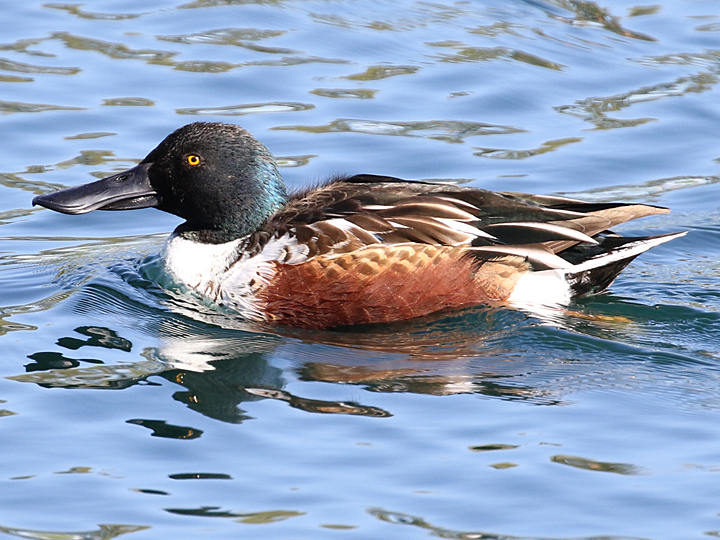
Northern Shoveler NSHO
Northern Shoveler NSHO
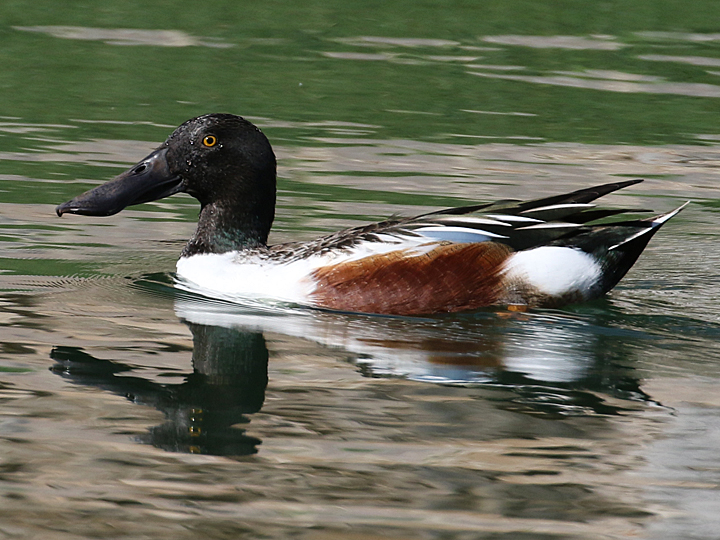
Northern Shoveler NSHO
Northern Shoveler NSHO
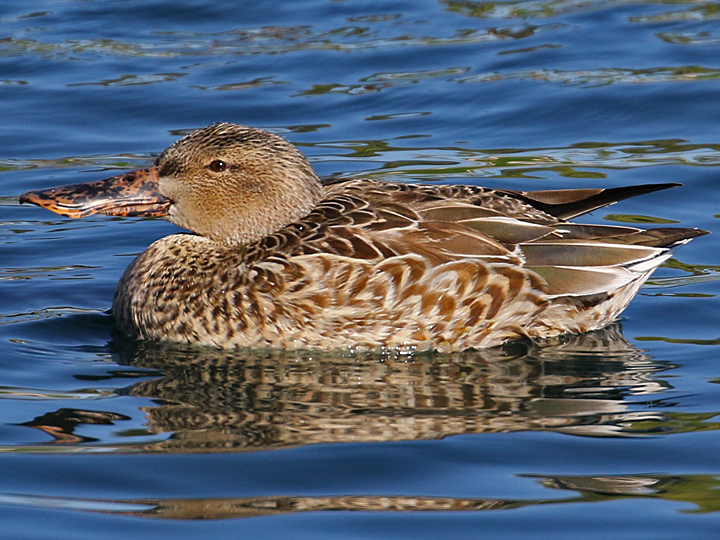
Northern Shoveler NSHO
Northern Shoveler NSHO
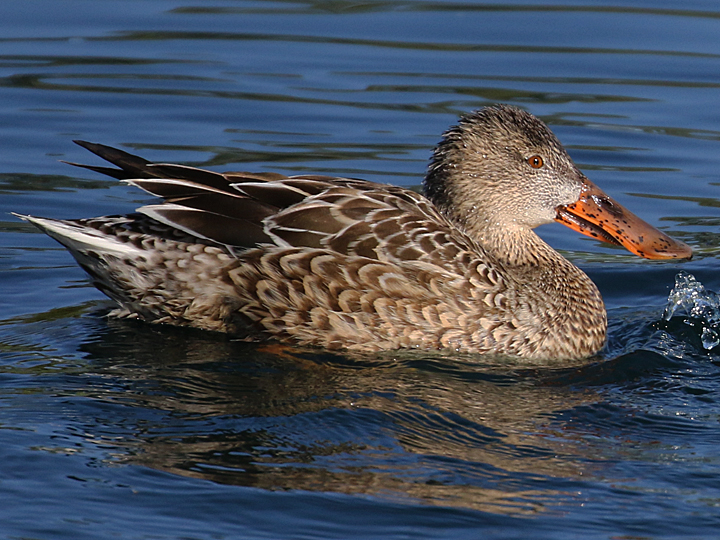
Northern Shoveler NSHO
Northern Shoveler NSHO
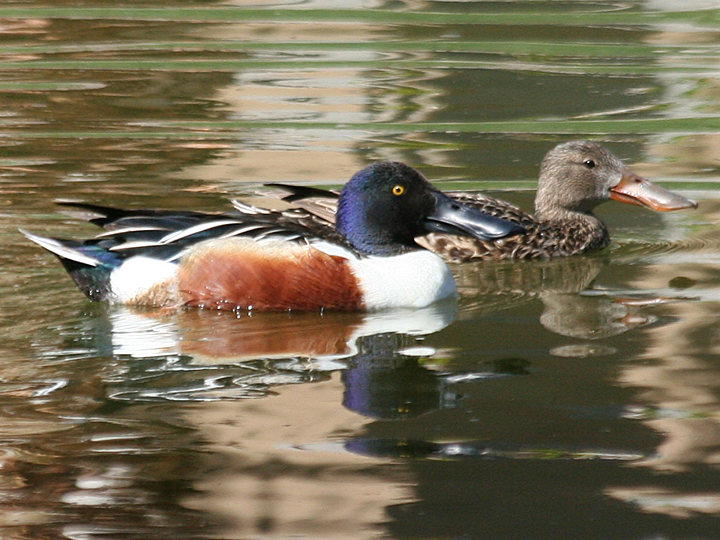
Northern Shoveler NSHO
Northern Shoveler NSHO
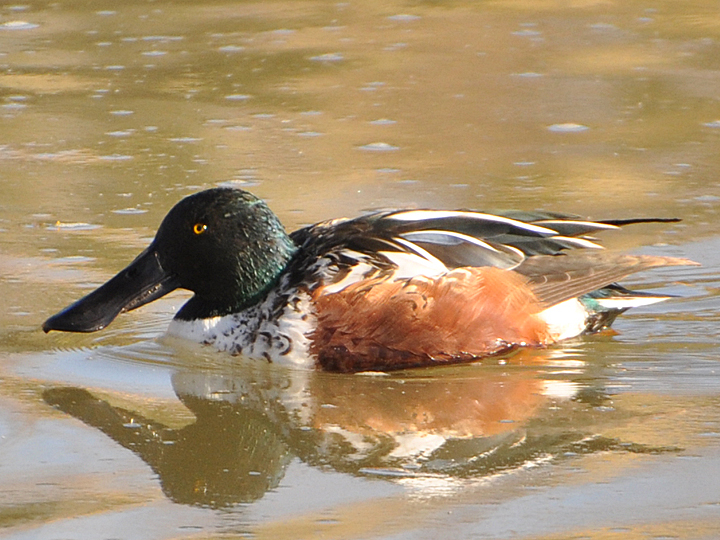
Northern Shoveler NSHO
Northern Shoveler NSHO
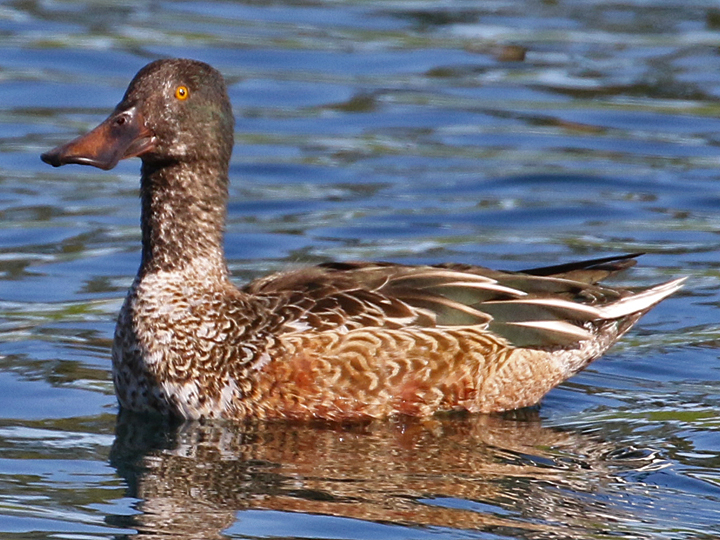
Northern Shoveler NSHO
Northern Shoveler NSHO
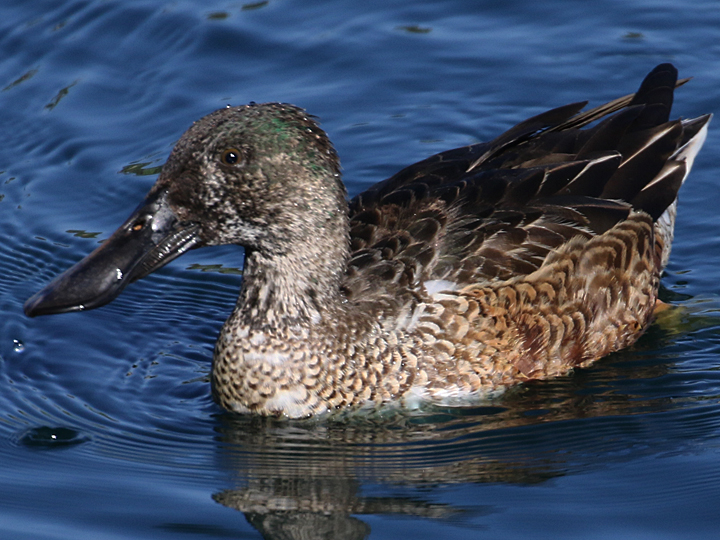
Northern Shoveler NSHO
Northern Shoveler NSHO
Northern Shoveler NSHO Auricular Study
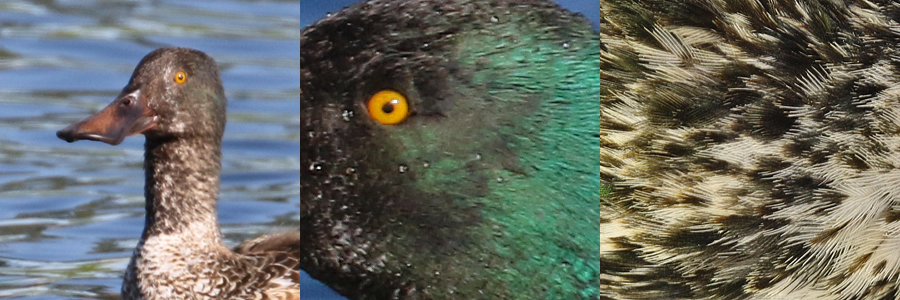
Northern Shoveler NSHO
The meatus before and after auricular feather removal.
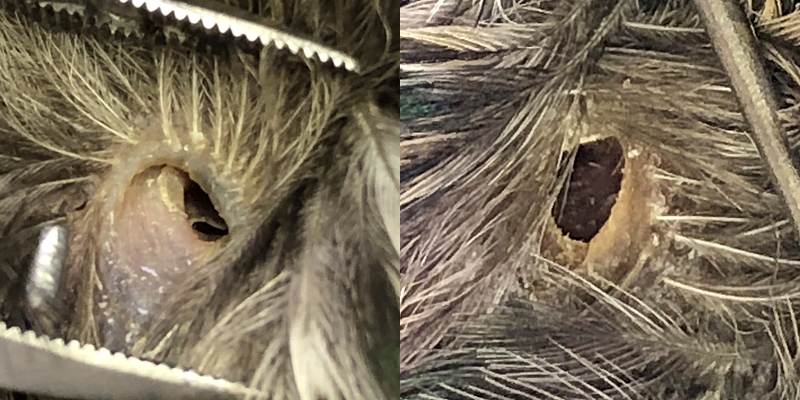
Northern Shoveler NSHO meatus
Northern Shoveler NSHO auricular sonus feather
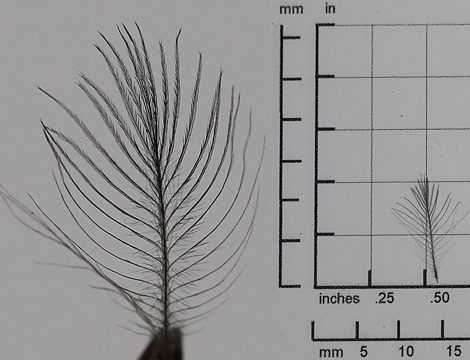
Northern Shoveler NSHO sonus auricular
The further from the meatus a feather is pulled the radiates increased.
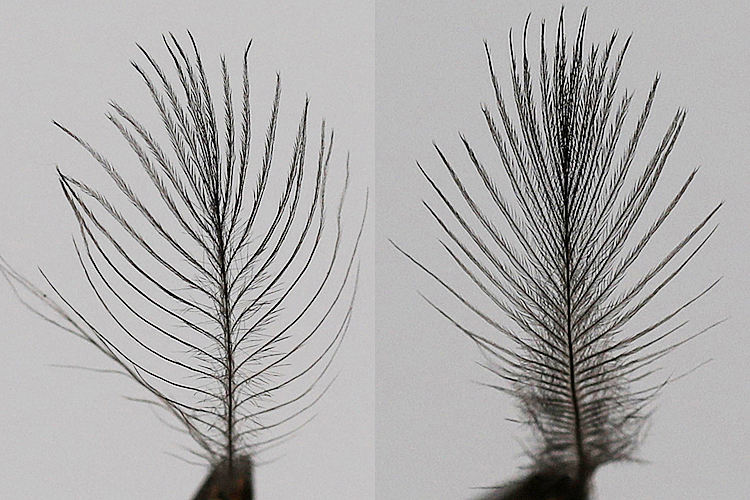
Northern Shoveler NSHO sonus auricular
Barb spacing calculation.
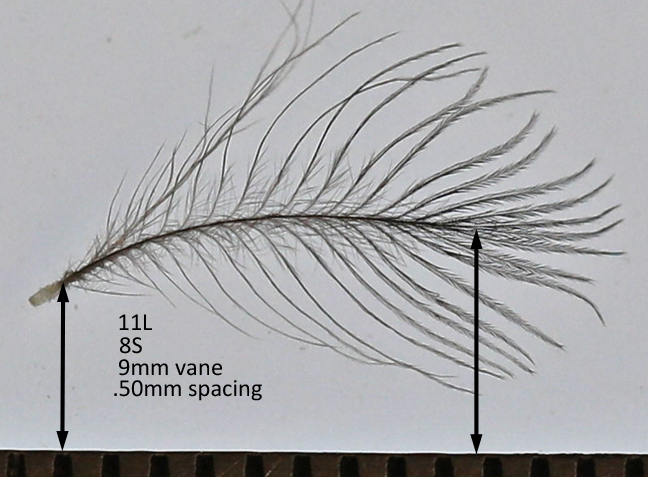
Northern Shoveler NSHO sonus auricular
Barb angle.
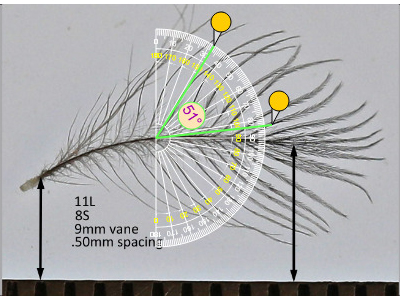
Northern Shoveler NSHO sonus barb angle
Plucked feathers. A general size classification resulted in 60 full sized and 28 shorter sonus auriculars.
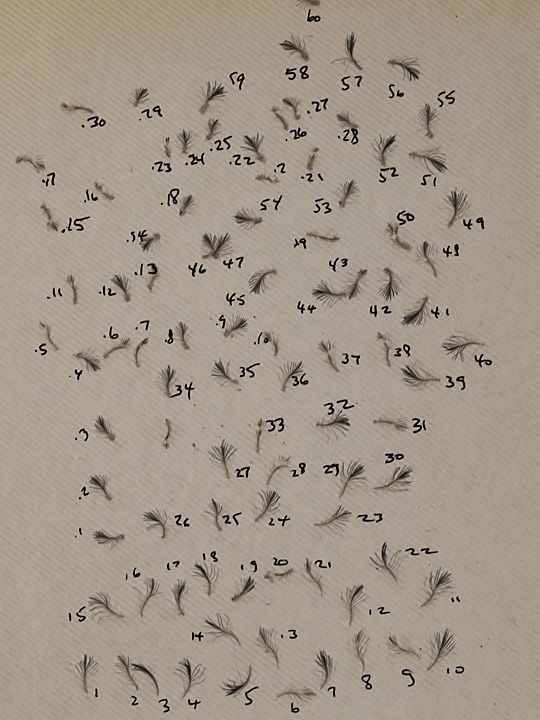
Northern Shoveler NSHO plucked auriculars
An unclassified auricular feather. This morphotype was also found on a Green-winged Teal.
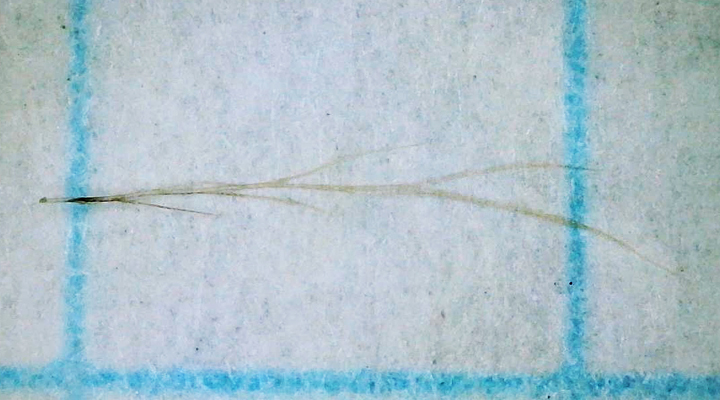
NSHO unclassified auricular
Microscopy @ 50x 150x 300x proximal sonus auricular.
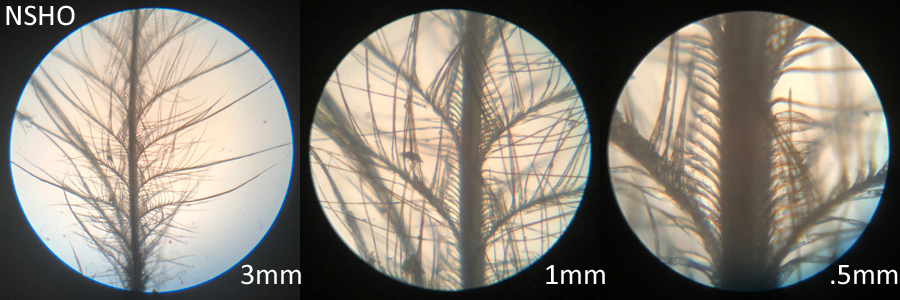
Northern Shoveler NSHO proximal sonus
Distal and medial microscopy.

Northern Shoveler NSHO distal sonus
…
…
